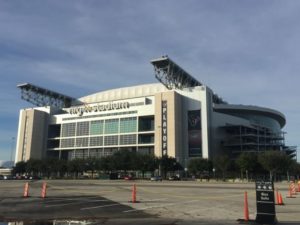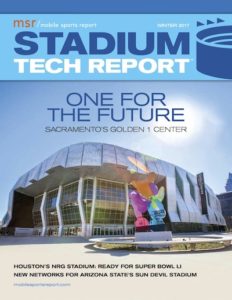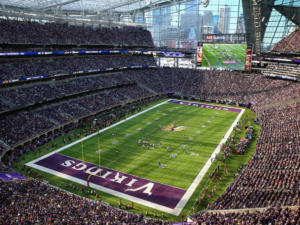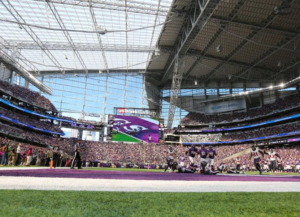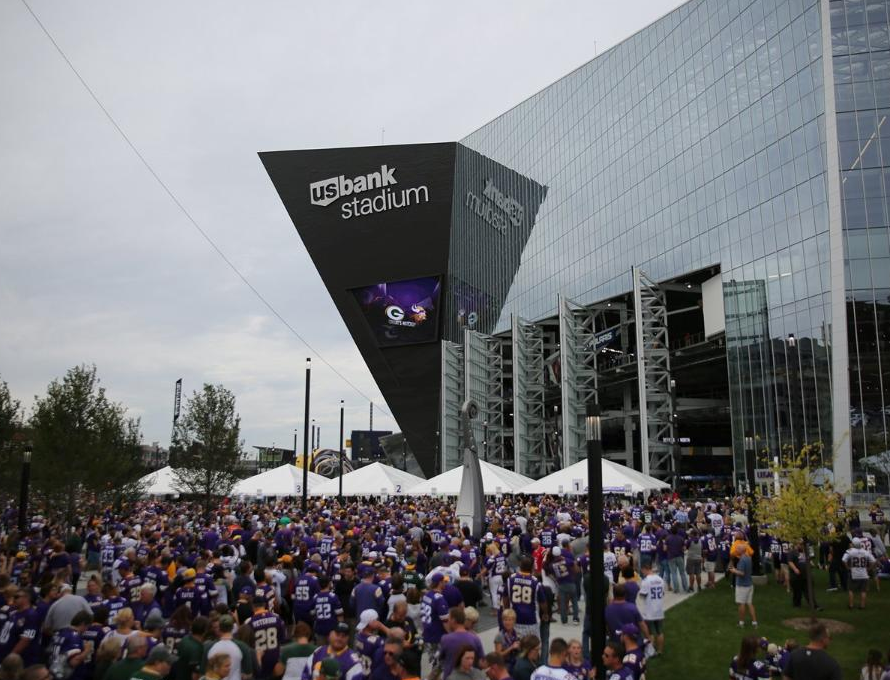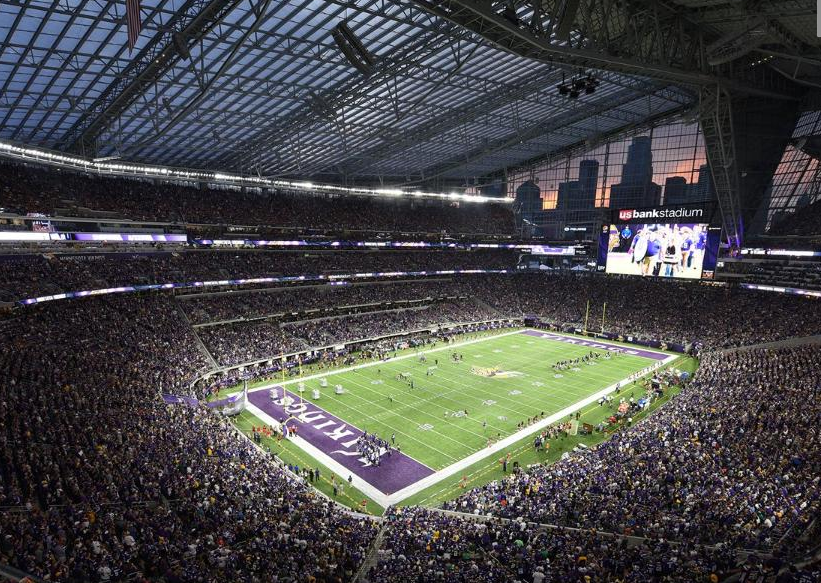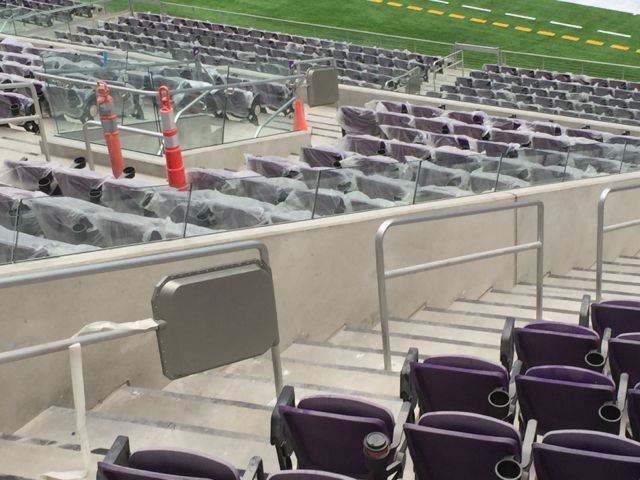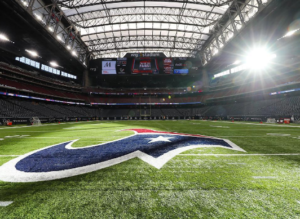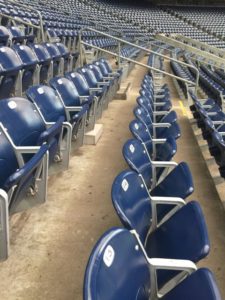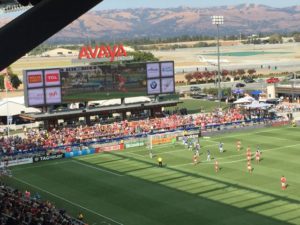 Networking company Avaya, which has made an aggressive move over the past couple years into the sports stadium networking space, including purchasing naming rights and technology contracts to the San Jose Earthquakes soccer stadium, has filed for chapter 11 bankruptcy protection, according to the company website.
Networking company Avaya, which has made an aggressive move over the past couple years into the sports stadium networking space, including purchasing naming rights and technology contracts to the San Jose Earthquakes soccer stadium, has filed for chapter 11 bankruptcy protection, according to the company website.
No word yet on how the “restructuring” will affect any of Avaya’s stadium tech deals, which include Wi-Fi networks at the Pepsi Center in Denver, and at the Montreal Canadiens’ Bell Centre, along with Avaya Stadium in San Jose. More as we learn more.
